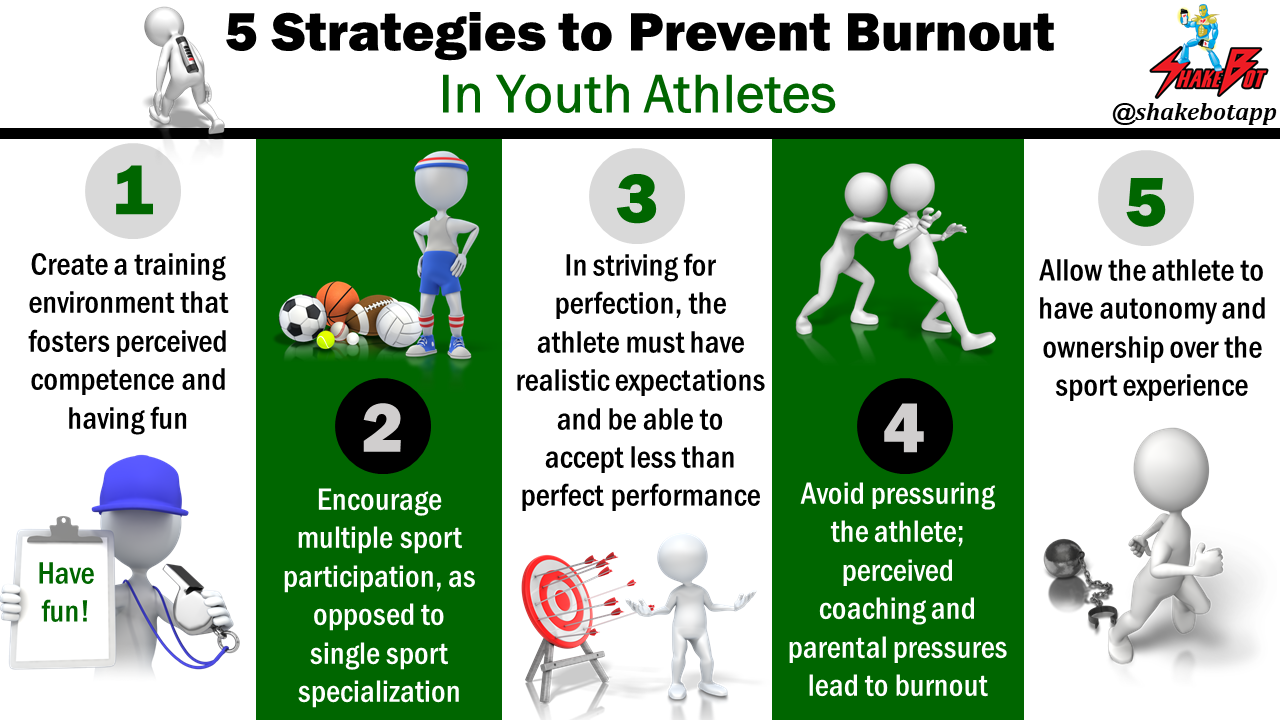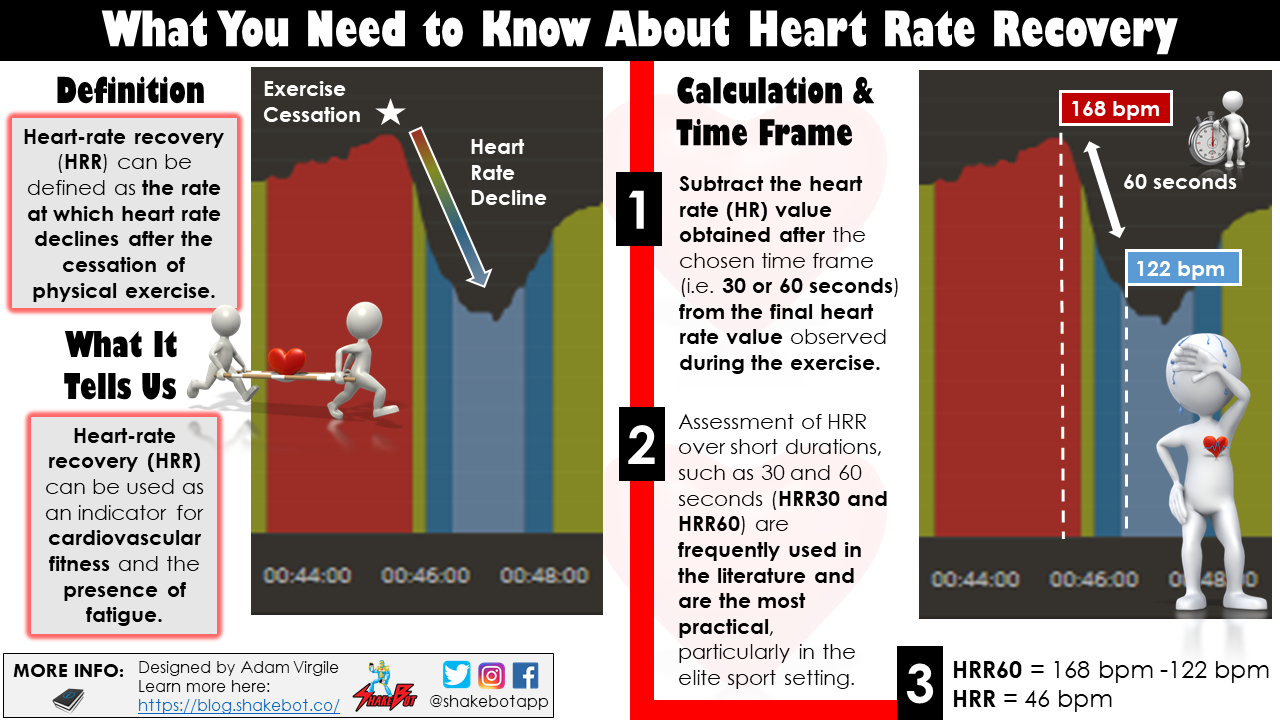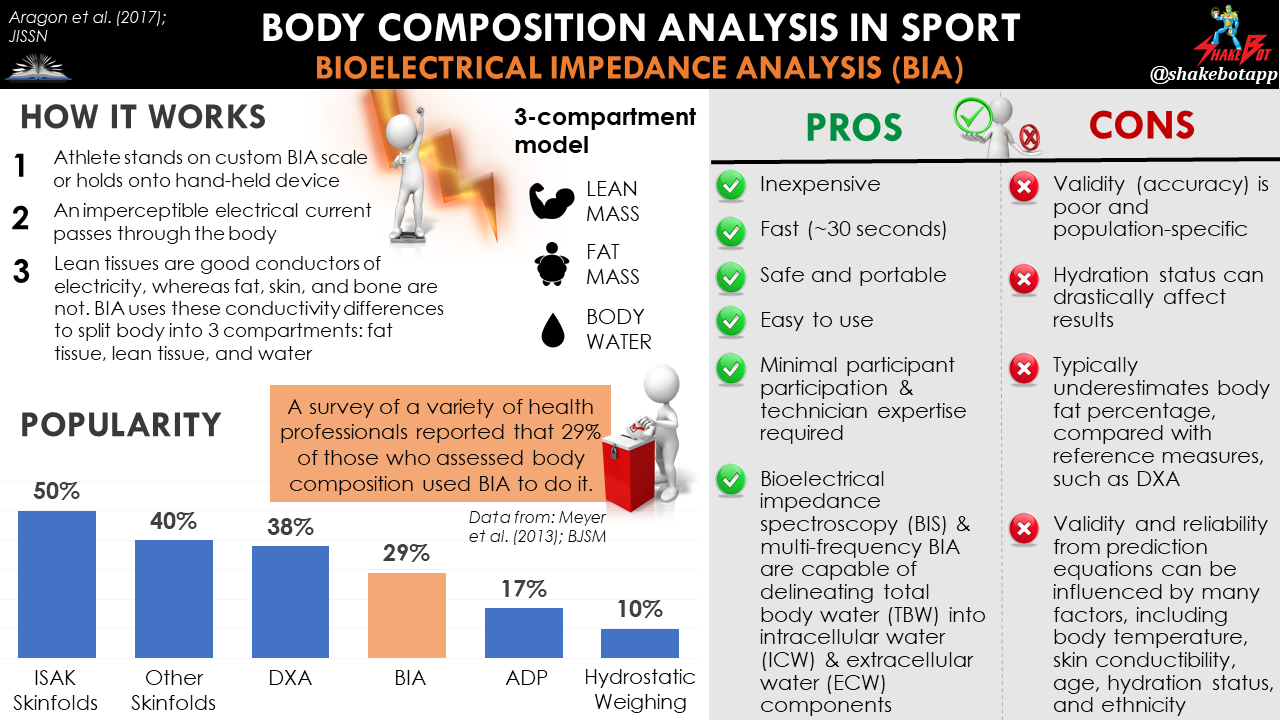Athlete burnout from sport is becoming more prevalent alongside the increasing trend of early sport specialization in youth athletes. In this article, I offer 5 simple strategies to prevent athlete burnout.
In Case You Missed It…
If you haven’t read Part 1, Part 2, and Part 3 of this article series on early sport specialization, I advise finding a bit of time to do so. You can view them here, here, and here… and you can thank me later.
Part 1: A review of the research investigating the true odds of becoming a collegiate or professional athlete.
Part 2: Whether or not early sport specialization leads to long-term athletic success.
Part 3: How early sport specialization increases injury risk and can lead to athlete burnout.
Now, onto the current article:
5 Strategies to Prevent Athlete Burnout
-
Winning may be important, but focus should be on perceived competence and having fun.
The primary reason why children decide to participate in organized sports it to have fun [1, 2]. In a study combining two nationwide surveys regarding U.S. girls’ and boys’ involvement with sports and physical activity (2007; 2185 total survey respondents), 38% of girls and 39% of boys suggested that lack of fun was the biggest reason for dropping out of sports [2]. Oftentimes, success is defined as winning. As opposed to adopting this win-at-all-costs mentality, youth sport success should focus on development of skill and self-referenced competency to promote fun [3-6]. In a recent systematic review by Crane et al. (2015), it was determined that low levels of physical or sport competency, and enjoyment of sport, were the two factors most related to sport dropout [7]. It’s imperative for coaches, parents, and practitioners to ensure that sport remains fun for youth athletes in order to promote their prolonged interest in physical activity, as well as long-term physical and psychosocial development.
-
Encourage multiple sport participation
A perception exists among parents, athletes, and coaches that early single-sport specialization is necessary for long-term success. Ironically, this couldn’t be further from the truth. There’s a wealth of research on elite athletes suggesting that participation in multiple sports during adolescence is more beneficial for long-term athletic success, compared with specializing in a single sport [8-12]. I review the details of these studies in Part 2 of this article series. West and Strand (2016) advise parents to encourage children to play multiple sports before the age of 12, and to give children a strong voice about the sports in which they choose to participate [13]. Consistent with this advice, many research reviews and position statements from field experts have highlighted the potential negative effects of early specialization and the positive impact that diversified youth sport experiences can have for athletes, particularly for long-term positive performance, health, and psychosocial development [14-25].
-
Enable children to have autonomy and ownership over the sport experience
Autonomy is considered a basic psychological need in humans that must be fulfilled in order to enjoy optimal well-being [26]. A small study of junior tennis players found that the burned-out players had less input into training and sport-related decisions, compared with the players who didn’t exhibit similar levels of burnout symptoms [27-29]. In a study of 201 athletes from 51 different sports, lack of perceived autonomy was a predictor of subsequent burnout [30]. Similarly, lack of autonomy was associated with burnout in a study involving 18 male New Zealand rugby players [31]. It’s clear that giving children a say in how they experience sport is an important contributor to burnout prevention.
DeFreese et al. (2015) suggest that adolescence is a developmental period in which athletes seek autonomy and control of their lives [32]. Although athletes may have, initially, decided to participate in sport, the social structure of sport can quickly limit their autonomy because much of their sport experience is controlled by others (i.e. coaches, parents, and peers). It’s important that athletes are given autonomy throughout their athletic careers, particularly during adolescence, to promote enjoyment, motivation, and overall well-being.
-
Avoid excessive parental and coaching pressures
While lack of fun is a frequent reason for withdrawal from sport at earlier ages, performance pressure appears to become more central to withdrawal as athletes age [33, 34].
Vitali et al. (2015) suggest that placing too much importance on interpersonal comparison and competition may thwart feelings of success, make athletes more aware of their inadequacy and limitations and, ultimately, engender frustration, which can lead to athlete burnout [35]. In a cohort of 267 Turkish athletes, Demirci et al. (2018) found that perceived parental pressure and concern over mistakes were significant predictors of burnout [36]. Although performance pressure and having fun are not mutually exclusive entities, it’s easy to see how the former can negatively impact the latter. It’s not uncommon for performance pressure to decrease enjoyment and lead to subsequent burnout or withdrawal from sport.
Studies have shown that coaches and parents continue to pressure young athletes to play, even in the presence of known physical or psychological health concerns. For example, in a cohort of 203 young baseball players, Makhni et al. (2015) reported that 46% of athletes had been encouraged to keep playing despite having arm pain, on at least one occasion [37]. Similarly, in a cohort of 328 U.S. collegiate athletes, Kroshus et al. (2015) found that roughly one-quarter reported experiencing pressure from adults, including parents and coaches, to continue playing immediately following a “head impact” [38]. In the same study, athletes receiving the highest levels of pressure from adults had the lowest intention of reporting a concussion [38]. As previously noted, parental pressure and behavior have been shown to diminish the youth athlete’s enjoyment and motivation as it pertains to sport [39-44], which can ultimately lead to burnout [45].
It may be easy for youth athletes to become trapped between their existing potential and the goals set by their family/coaches, which can wreak psychological havoc on the athlete and, subsequently, lead to burnout from sport. It’s important to note that parental and coaching behaviors are likely not to blame but, rather, it’s the athlete’s perceptions of these behaviors that result in the pressure-driven burnout symptoms experienced [46].
-
Don’t concern yourself with perfection, but it’s okay to strive for it
Perfectionism is a prevalent personality characteristic in athletes [47, 48], and is defined by striving for flawlessness and setting exceedingly high standards for performance, accompanied by tendencies for overly critical self-evaluation [49]. Although “perfectionism” has traditionally been conveyed as a negative characteristic in the context of sport, this relationship is over-generalized. There’s a substantial difference between having perfectionistic strivings, and having perfectionistic concerns; each domain has different and unique relationships with athletes’ emotions, motivation, and performance [50].
For example, Appleton et al. (2009) found that socially-prescribed, but not self-oriented, perfectionism was associated with burnout symptoms, in a cohort of 201 junior-elite male athletes, ranging from 11 to 21 years of age [51]. In 222 youth athletes, perfectionistic concerns shared a negative relationship with athlete engagement, and a positive relationship with athlete burnout, while the opposite was true when replacing perfectionistic concerns with perfectionistic striving [52]. In 101 junior athletes, Madigan et al. (2015) reported that perfectionistic concerns predicted increases in athlete burnout over a 3 month period, but perfectionistic strivings predicted decreases in burnout [53].
In slightly older athletes, including male rugby players and elite competitive swimmers (mean ages 18-19 years old), high frequency of perfectionistic cognitions [54] and concerns over making mistakes [55] were associated with burnout symptoms. A recent meta-analysis by Hill et al. (2016) reported that perfectionistic strivings had small negative, or non-significant, relationships with overall burnout and symptoms of burnout, whereas perfectionistic concerns displayed medium to large and medium positive relationships with overall burnout and symptoms of burnout, respectively [56]. The authors suggested that perfectionistic concerns warrant attention when considering vulnerability to burnout.
It’s easy to get confused between “perfectionistic concerns” and “perfectionistic strivings”, but there’s a clear difference between the two terms. Perfectionistic concerns entail second-guessing and self-defeating striving for perfection, which may include the inability to accept less than perfect performance, even when that is unrealistic. On the other hand, perfectionistic strivings involve attempting to be the best that one can be in the context of sport. The first means that the athlete focuses on the negative, or things he or she is doing wrong, while the second is the process by which the athlete learns from mistakes and tries to live up to athletic potential.
It would bode well to have a Hannah Montana attitude. She conveys a focus on perfectionistic strivings as she sings:
“Nobody’s perfect
You live and you learn it
‘Cause everybody makes mistakes”
She’s right. Nobody’s perfect, and there’s nothing wrong with striving for perfection. Just make sure to focus on the positives and learn from past mistakes during the pursuit.
In the next article in this series, I’ll discuss the evidence-based sport volume recommendations for youth athletes, and who’s aware of them (or not aware of them…).
Enjoying the Content?
Instantly become an important part of the Shakebot community by connecting with me on social media:




Reference
- Petlichkoff, L.M., 1992. Youth sport participation and withdrawal: Is it simply a matter of fun?.
- Sabo, D. and Veliz, P., 2008. Go Out and Play: Youth Sports in America. Women’s Sports Foundation.
- Wiersma, L.D., 2001. Conceptualization and development of the sources of enjoyment in youth sport questionnaire. Measurement in Physical Education and Exercise Science, 5(3), pp.153-177.
- Visek, A.J., Achrati, S.M., Mannix, H.M., McDonnell, K., Harris, B.S. and DiPietro, L., 2015. The fun integration theory: toward sustaining children and adolescents sport participation. Journal of Physical Activity and Health, 12(3), pp.424-433.
- Boyd, M.P. and Yin, Z., 1996. Cognitive-affective sources of sport enjoyment in adolescent sport participants. Adolescence, 31(122), p.383.
- Wankel, L.M. and Kreisel, P.S., 1985. Factors underlying enjoyment of youth sports: Sport and age group comparisons. Journal of sport psychology, 7(1), pp.51-64.
- Crane, J. and Temple, V., 2015. A systematic review of dropout from organized sport among children and youth. European physical education review, 21(1), pp.114-131.
- Güllich, A., 2014. Selection, de-selection and progression in German football talent promotion. European Journal of Sport Science, 14(6), pp.530-537.
- Güllich, A. and Emrich, E., 2006. Evaluation of the support of young athletes in the elite sports system. European Journal for Sport and Society, 3(2), pp.85-108.
- Baker, J., Cote, J. and Abernethy, B., 2003. Sport-specific practice and the development of expert decision-making in team ball sports. Journal of applied sport psychology, 15(1), pp.12-25.
- Güllich, A., 2014. Many roads lead to Rome–Developmental paths to Olympic gold in men’s field hockey. European Journal of Sport Science, 14(8), pp.763-771.
- Huxley, D.J., O’Connor, D. and Larkin, P., 2017. The pathway to the top: Key factors and influences in the development of Australian Olympic and World Championship Track and Field athletes. International Journal of Sports Science & Coaching, 12(2), pp.264-275.
- West, G. S., & Strand, B., 2016. Preventing youth sports dropouts. Louisiana Association of Health, Physical Education, Recreation, and Dance (LAHPERD) Journal, 79(2), 13–15.
- DiFiori, J.P., Güllich, A., Brenner, J.S., Côté, J., Hainline, B., Ryan, E. and Malina, R.M., 2018. The NBA and Youth Basketball: Recommendations for Promoting a Healthy and Positive Experience. Sports Medicine, pp.1-13.
- Rees, T., Hardy, L., Güllich, A., Abernethy, B., Côté, J., Woodman, T., Montgomery, H., Laing, S. and Warr, C., 2016. The great British medalists project: a review of current knowledge on the development of the world’s best sporting talent. Sports Medicine, 46(8), pp.1041-1058.
- DiFiori, J.P., Benjamin, H.J., Brenner, J.S., Gregory, A., Jayanthi, N., Landry, G.L. and Luke, A., 2014. Overuse injuries and burnout in youth sports: a position statement from the American Medical Society for Sports Medicine. Br J Sports Med, 48(4), pp.287-288.
- Brenner, J.S., 2007. Overuse injuries, overtraining, and burnout in child and adolescent athletes. Pediatrics, 119(6), pp.1242-1245.
- LaPrade, R.F., Agel, J., Baker, J., Brenner, J.S., Cordasco, F.A., Côté, J., Engebretsen, L., Feeley, B.T., Gould, D., Hainline, B. and Hewett, T.E., 2016. AOSSM early sport specialization consensus statement. Orthopaedic journal of sports medicine, 4(4), p.2325967116644241.
- Faigenbaum, A.D., Kraemer, W.J., Blimkie, C.J., Jeffreys, I., Micheli, L.J., Nitka, M. and Rowland, T.W., 2009. Youth resistance training: updated position statement paper from the national strength and conditioning association. The Journal of Strength & Conditioning Research, 23, pp.S60-S79.
- Myer, G.D., Jayanthi, N., Difiori, J.P., Faigenbaum, A.D., Kiefer, A.W., Logerstedt, D. and Micheli, L.J., 2015. Sport specialization, part I: does early sports specialization increase negative outcomes and reduce the opportunity for success in young athletes?. Sports Health, 7(5), pp.437-442.
- Coté, J., Horton, S., MacDonald, D. and Wilkes, S., 2009. The benefits of sampling sports during childhood. Physical & Health Education Journal, 74(4), p.6.
- Cote, J., Lidor, R. and Hackfort, D., 2009. ISSP position stand: To sample or to specialize? Seven postulates about youth sport activities that lead to continued participation and elite performance. International Journal of Sport and Exercise Psychology, 7(1), pp.7-17.
- Malina, R.M., 2010. Early sport specialization: roots, effectiveness, risks. Current sports medicine reports, 9(6), pp.364-371.
- Feeley, B.T., Agel, J. and LaPrade, R.F., 2016. When is it too early for single sport specialization?. The American journal of sports medicine, 44(1), pp.234-241.
- Lloyd, R.S., Cronin, J.B., Faigenbaum, A.D., Haff, G.G., Howard, R., Kraemer, W.J., Micheli, L.J., Myer, G.D. and Oliver, J.L., 2016. National Strength and Conditioning Association position statement on long-term athletic development. Journal of Strength and Conditioning Research, 30(6), pp.1491-1509.
- Deci, E.L. and Ryan, R.M., 2002. Overview of self-determination theory: An organismic dialectical perspective. Handbook of self-determination research, pp.3-33.
- Gould, D., Udry, E., Tuffey, S. and Loehr, J., 1997. Burnout in competitive junior tennis players: III. Individual differences in the burnout experience. The sport psychologist, 11(3), pp.257-276.
- Gould, D., Tuffey, S., Udry, E. and Loehr, J., 1996. Burnout in competitive junior tennis players: II. Qualitative analysis. The sport psychologist, 10(4), pp.341-366.
- Gould, D., Tuffey, S., Udry, E. and Loehr, J., 1996. Burnout in competitive junior tennis players: I. A quantitative psychological assessment. The sport psychologist, 10(4), pp.322-340.
- Lonsdale, C., Hodge, K. and Rose, E., 2009. Athlete burnout in elite sport: A self-determination perspective. Journal of sports sciences, 27(8), pp.785-795.
- Hodge, K., Lonsdale, C. and Ng, J.Y., 2008. Burnout in elite rugby: Relationships with basic psychological needs fulfilment. Journal of Sports Sciences, 26(8), pp.835-844.
- DeFreese, J.D., Raedeke, T.D. and Smith, A.L., 2015. Athlete burnout: an individual and organizational phenomenon. Applied sport psychology: Personal growth to peak performance, 444.
- Butcher, J., Lindner, K.J. and Johns, D.P., 2002. Withdrawal from Competitive Youth Sport: A Retrospective Ten-year Study. Journal of Sport Behavior, 25(2).
- Gould, D., Feltz, D., Horn, T. and Weiss, M., 1982. Reasons for attrition in competitive youth swimming. Journal of Sport Behavior, 5(3), p.155.
- Vitali, F., Bortoli, L., Bertinato, L., Robazza, C. and Schena, F., 2015. Motivational climate, resilience, and burnout in youth sport. Sport Sciences for Health, 11(1), pp.103-108.
- Demirci, E. and Çepikkurt, F., 2018. Examination of the Relationship between Passion, Perfectionism and Burnout in Athletes.
- Makhni, E.C., Morrow, Z.S., Luchetti, T.J., Mishra-Kalyani, P.S., Gualtieri, A.P., Lee, R.W. and Ahmad, C.S., 2015. Arm pain in youth baseball players: a survey of healthy players. The American journal of sports medicine, 43(1), pp.41-46.
- Kroshus, E., Garnett, B., Hawrilenko, M., Baugh, C.M. and Calzo, J.P., 2015. Concussion under-reporting and pressure from coaches, teammates, fans, and parents. Social Science & Medicine, 134, pp.66-75.
- Amado, D., Sánchez-Oliva, D., González-Ponce, I., Pulido-González, J.J. and Sánchez-Miguel, P.A., 2015. Incidence of parental support and pressure on their children’s motivational processes towards sport practice regarding gender. PloS one, 10(6), p.e0128015.
- Sánchez-Miguel, P.A., Leo, F.M., Sánchez-Oliva, D., Amado, D. and García-Calvo, T., 2013. The importance of parents’ behavior in their children’s enjoyment and amotivation in sports. Journal of human kinetics, 36(1), pp.169-177.
- Gardner, L.A., Magee, C.A. and Vella, S.A., 2016. Social climate profiles in adolescent sports: Associations with enjoyment and intention to continue. Journal of adolescence, 52, pp.112-123.
- Anderson, J.C., Funk, J.B., Elliott, R. and Smith, P.H., 2003. Parental support and pressure and children’s extracurricular activities: Relationships with amount of involvement and affective experience of participation. Journal of Applied Developmental Psychology, 24(2), pp.241-257.
- Wolfenden, L.E. and Holt, N.L., 2005. Talent development in elite junior tennis: Perceptions of players, parents, and coaches. Journal of applied sport psychology, 17(2), pp.108-126.
- McCarthy, P.J. and Jones, M.V., 2007. A qualitative study of sport enjoyment in the sampling years. The sport psychologist, 21(4), pp.400-416.
- Udry, E., Gould, D., Bridges, D. and Tuffey, S., 1997. People helping people? Examining the social ties of athletes coping with burnout and injury stress. Journal of Sport and Exercise Psychology, 19(4), pp.368-395.
- McCarthy, P.J. and Jones, M.V., 2007. A qualitative study of sport enjoyment in the sampling years. The sport psychologist, 21(4), pp.400-416.
- Dunn, J.G., Gotwals, J.K. and Dunn, J.C., 2005. An examination of the domain specificity of perfectionism among intercollegiate student-athletes. Personality and Individual Differences, 38(6), pp.1439-1448.
- Gould, D., Dieffenbach, K. and Moffett, A., 2002. Psychological characteristics and their development in Olympic champions. Journal of applied sport psychology, 14(3), pp.172-204.
- Flett, G.L. and Hewitt, P.L., 2002. Perfectionism and maladjustment: An overview of theoretical, definitional, and treatment issues.
- Stoeber, J., 2011. The dual nature of perfectionism in sports: Relationships with emotion, motivation, and performance. International Review of Sport and Exercise Psychology, 4(2), pp.128-145.
- Appleton, P.R., Hall, H.K. and Hill, A.P., 2009. Relations between multidimensional perfectionism and burnout in junior-elite male athletes. Psychology of sport and exercise, 10(4), pp.457-465.
- Jowett, G.E., Hill, A.P., Hall, H.K. and Curran, T., 2016. Perfectionism, burnout and engagement in youth sport: The mediating role of basic psychological needs. Psychology of Sport and Exercise, 24, pp.18-26.
- Madigan, D.J., Stoeber, J. and Passfield, L., 2015. Perfectionism and burnout in junior athletes: A three-month longitudinal study. Journal of Sport and Exercise Psychology, 37(3), pp.305-315.
- Hill, A.P. and Appleton, P.R., 2011. The predictive ability of the frequency of perfectionistic cognitions, self-oriented perfectionism, and socially prescribed perfectionism in relation to symptoms of burnout in youth rugby players. Journal of Sports Sciences, 29(7), pp.695-703.
- Kristiansen, E., Abrahamsen, F.E. and Stensrud, T., 2012. Stress-related breathing problems: An issue for elite swimmers.
- Hill, A.P. and Curran, T., 2016. Multidimensional perfectionism and burnout: A meta-analysis. Personality and Social Psychology Review, 20(3), pp.269-288.






